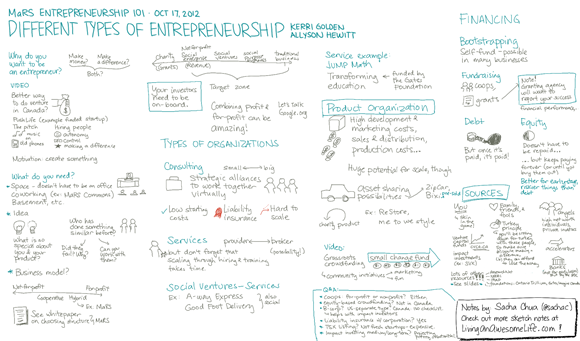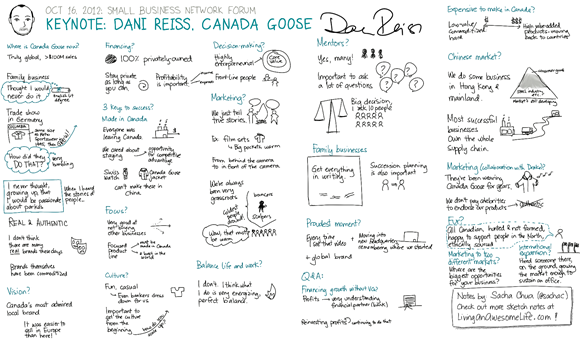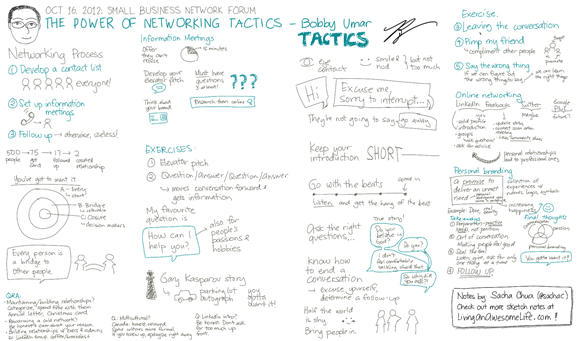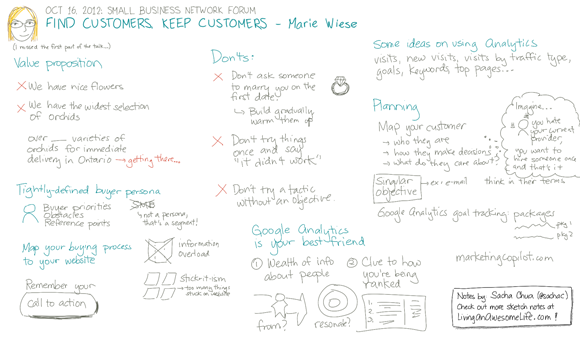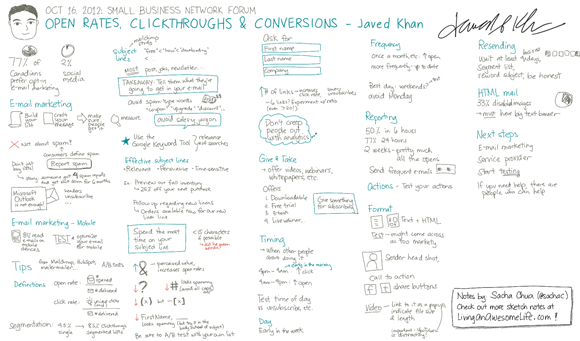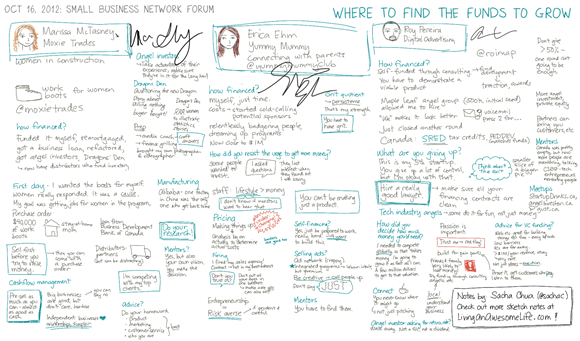When I incorporated my business last February 19, I chose September 30 as my fiscal year end. I’d read a number of forum posts that recommended avoiding December 31 as the fiscal year end because accountants are swamped with personal and sole-proprietor tax returns. Picking September 30 meant that I’d have no problems finding an accountant for return preparation, and they might even have time to sit down and chat with me about tax planning.
I’m a bit of a personal finance geek, so I was glad to dig into the numbers for my own business. When I started the business, I talked to several accountants in the city. I think most expected me to turn up at year-end with a shoebox of crumpled receipts. Since I couldn’t stand the thought of waiting that long to find out what was going on with business, I purchased Quickbooks, scanned copies of all of my business receipts, typed in transactions, and hired a virtual bookkeeper/accountant who could answer my questions as I got things going. I liked working with her, so now I’ve asked her to take on more of the bookkeeping and to help me prepare the tax return. I think it’s made a huge difference in terms of my potential stress level around the fiscal year end. =)
We’ve been working on closing the files. My accountant was surprised at how low my expenses were. She’s been sending me questions like: Where are the rest of your bank fees? I only see $1.80. You should have entries for every month. What about TTC transit passes? I told her that since I was using RBC’s eBusiness bank account, I really did only have $1.80 in bank fees (deposited paper cheques), and that I’d been biking to work, so no transit passes either. (Except for the one in March, which I’ll probably claim as a personal tax credit.) She said that she thought she was frugal.
When I made the decision to leave the comfort of a large company for my own adventure, I expected to spend a few years building sweat equity – investing time into learning the things I need to learn while drawing on my savings. Clients talked me into consulting immediately. It’s been a thrill to be able to help both really big and really small organizations using a combination of different skills: from technical work such as Rails, Javascript, HTML, and CSS to soft skills such as enterprise social software adoption, and even newly-developed skills in illustration and animation.
I’ve far exceeded my initial financial projections, but I know it’s because I’ve been staying close to what’s familiar. My experience at IBM prepared me for consulting, and advice from mentors and friends helped me transition into independent practice; but there are other lessons I’m looking forward to learning as well. It just means that my 5-year-experiment is probably going to be a 7- or 10-year experiment!
So, the things I need to keep somewhere on my radar: taxes due by November 30, HST by December 31. I’ve set aside money to cover those expenses, so it’s all good. Actually, I haven’t taken any money out of the corporation yet, since I figured it was simplest to get things off the ground first and then introduce payroll or dividends in the following fiscal year. One step at a time!
In the meantime, I’m making myself spend more (and spend more wisely), learning how to substitute money for time through connection, tools/automation, training, and delegation.
For example, I want to connect with other entrepreneurs and help them make things happen. I can wait for the Brownian motion of bumping into each other at tech events to gradually help me build that network. Or I can speed it up through lunches and coffees and follow-ups, especially if I take things beyond a perfunctory e-mail conversation and invest real time and energy (maybe even other people’s time and energy!) into helping people.
I want to try new tools to see which ones will support my workflow well. Sometimes that means paying for tools that turn out to be less than what I want, but the things I’ll gain from the tools that work out will more than pay for those.
I want to learn more about drawing, sales, business, and other skills that can help me make even more of a difference. I don’t want to just sign up for courses or coaching. I want to have a clear, action-oriented plan for implementing what I’m learning.
I want to learn how to delegate and to share the opportunities that come my way. That means that I’m going to slowly transition my processes over to other people, even if I think I can do it better or it doesn’t take me that much time to do it. I can always take those tasks back if I need to trim my budget, but if I can document my processes and learn how to take advantage of other people’s talents, I think I’ll be able to grow a lot more. Many entrepreneurs struggle with going beyond what they can do with their own time or talents. Knowing how to share the load – and better yet, building a network of people I can trust – is more than worth the investment. Besides, if I get better and better at delegation, and if I use that time productively, I can grow the business even more.
What can the 2012-2013 fiscal year for my business look like? I have four more months of consulting planned at three days a week (although I’m taking December off, so technically, that’s just three months of consulting). I have a professional speaking engagement in November. I’ve got the beginning of a possible business idea around sketchnotes, and I want to practise validating it. For that, I’m going to want to set up more lunches and start more e-mail conversations. And I’m going to follow up on that budget, seeing if I can invest money in growing.
Both business idea validation and investing in people/tools/processes involve risk. At the end of the next fiscal year, there’s a chance that my balance sheet will be slimmer – but also a good chance that I’ll have learned a lot along the way, and possibly at a rate cheaper than an MBA. Besides, who knows? I might turn those experiments into earnings too!
So that’s where I am and where I want to go. Thank you for being part of the adventure!

